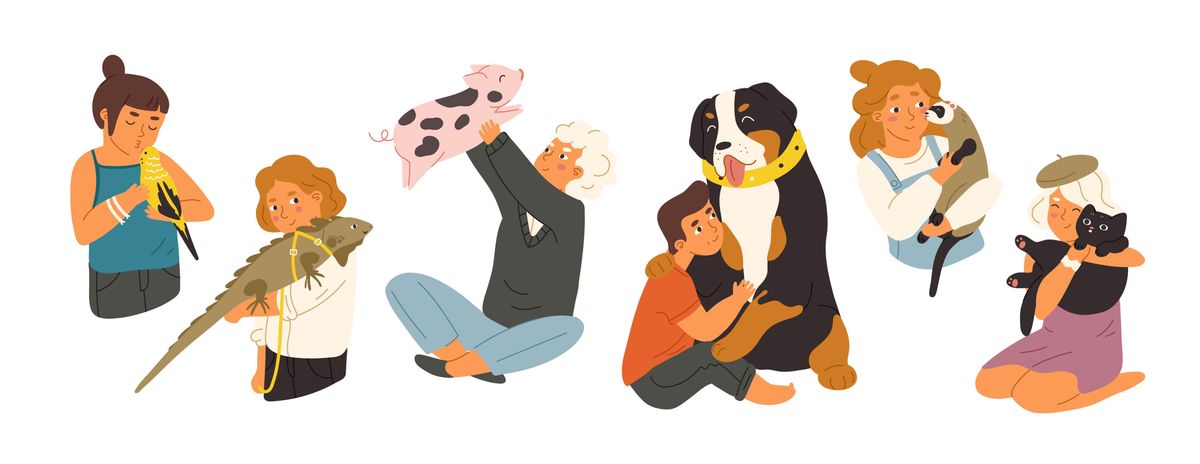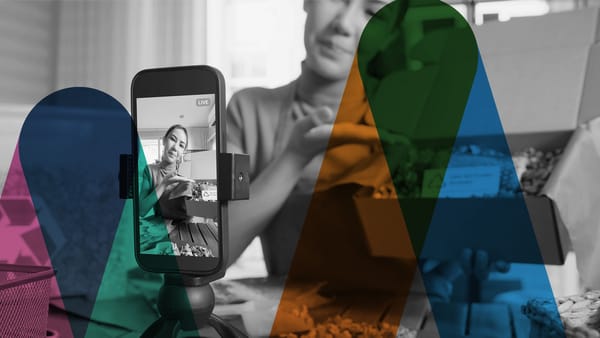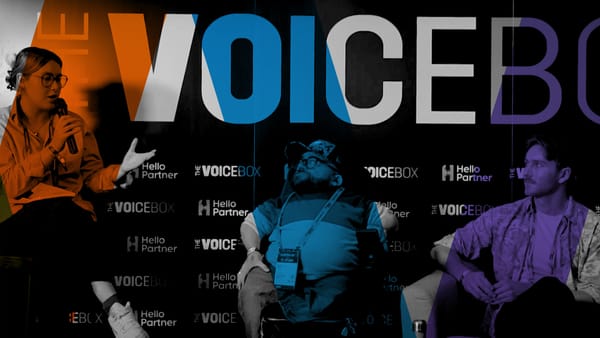Working with a group of influencers who can: boast impressive follower figures, who have an active and dedicated fanbase, who can generate an engagement rate three to seven times higher than average, and who are guaranteed never to damage your brand by disgracing themselves in public sounds like the dream of brand marketers everywhere.
But should it make a difference if they’ve got four legs and are covered in fur? (The influencers, not the marketers, that is).
Four-legged marketers
Pet influencers have become a force to be reckoned with in the branding and marketing mix – but they’re often overlooked and rarely spring to mind as the first port of call for an influencer campaign outside the pet product industry. Yet Superdrug and N2O’s #MakeSureTheBossIsHappy campaign amassed an engagement rate of 7.9% – way over the industry average. And when considered logically, it’s easy to see why pets produce results.
Like it or not, the idea of anthropomorphising a pet, giving it a human ‘voice’ and posting social media content on its own account is an increasingly effective marketing trend that makes commercial sense.
Culturally, we’ve always been a nation of animal lovers, with 17 million households in the UK having a pet and 3.2 million of them acquired since the start of the pandemic. But does this ‘pandemic pup surge’ really mean marketers need to sit up (or lie down, roll over or heel) and take notice?
Actually, yes.
The fact is that pets and social media work well together naturally. Social media has always thrived on content that pulls at the heartstrings, makes us smile and creates feel-good scrolling – and pets provide exactly that. Scientific studies show that simply watching cute animal videos has a very real and measurable effect on reducing blood pressure, heart rate, and anxiety. Which warrants comparison with studies showing overall social media use increases both depression and anxiety and damages mental wellbeing.
Pets vs People
Consumers find pets easier to connect with than human influencers. Animals don’t create the same comparison-envy people do. They don’t ‘humble-brag’ and they don’t present unattainable ideals. They do funny things, they make us laugh and, with a skilled owner behind the scenes, they act as the loveable protagonist in a narrative we enjoy watching. With pets, the idea of an animal endorsing a product is so far-fetched it actually becomes humorous, whilst still raising brand awareness and feel-good associations. We know that the cat isn’t recommending the cosmetics, but we enjoy watching the narrative and we remember the products.
Even back in 2015, content with cats drove 15% of all web traffic. But with more than a quarter of British pet owners currently having a social media account for their pet – and two-thirds of the new pet owners aged between 16-34, encompassing the largest user demographics on every major social media platform – the growth of the social-media savvy ‘Petfluencer’ and the pet-loving consumer looks set to continue.
Corgis in eye masks or cats having massages might not be everyone’s cup of tea, but the results of our Superdrug campaign with 165,000 customers reached in five days, 767 saves and more than 20,000 comments and likes show the power of pet influencers is strong.
What more could you ask for in the dog-eat-dog world of brand marketing?








